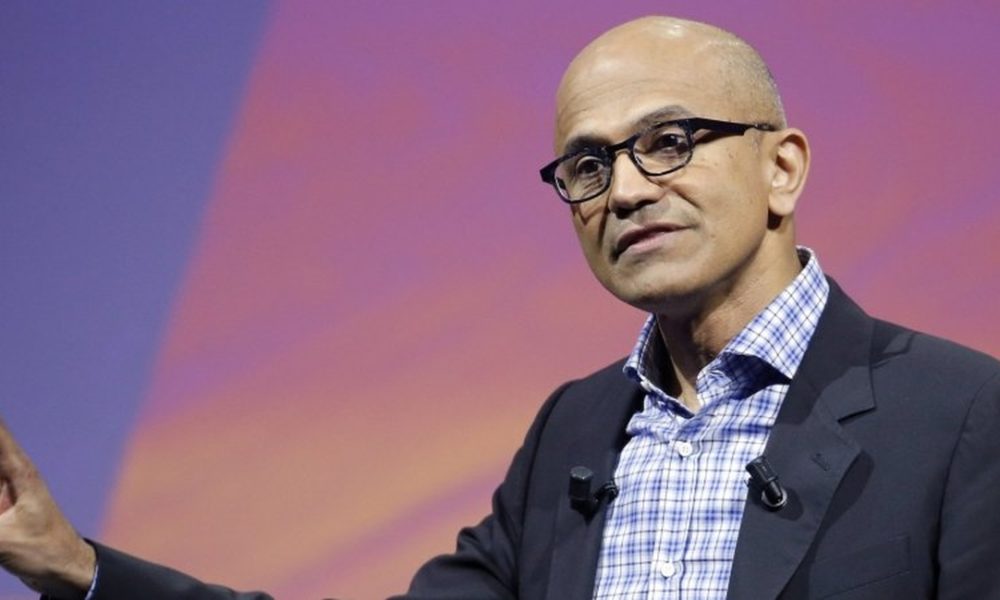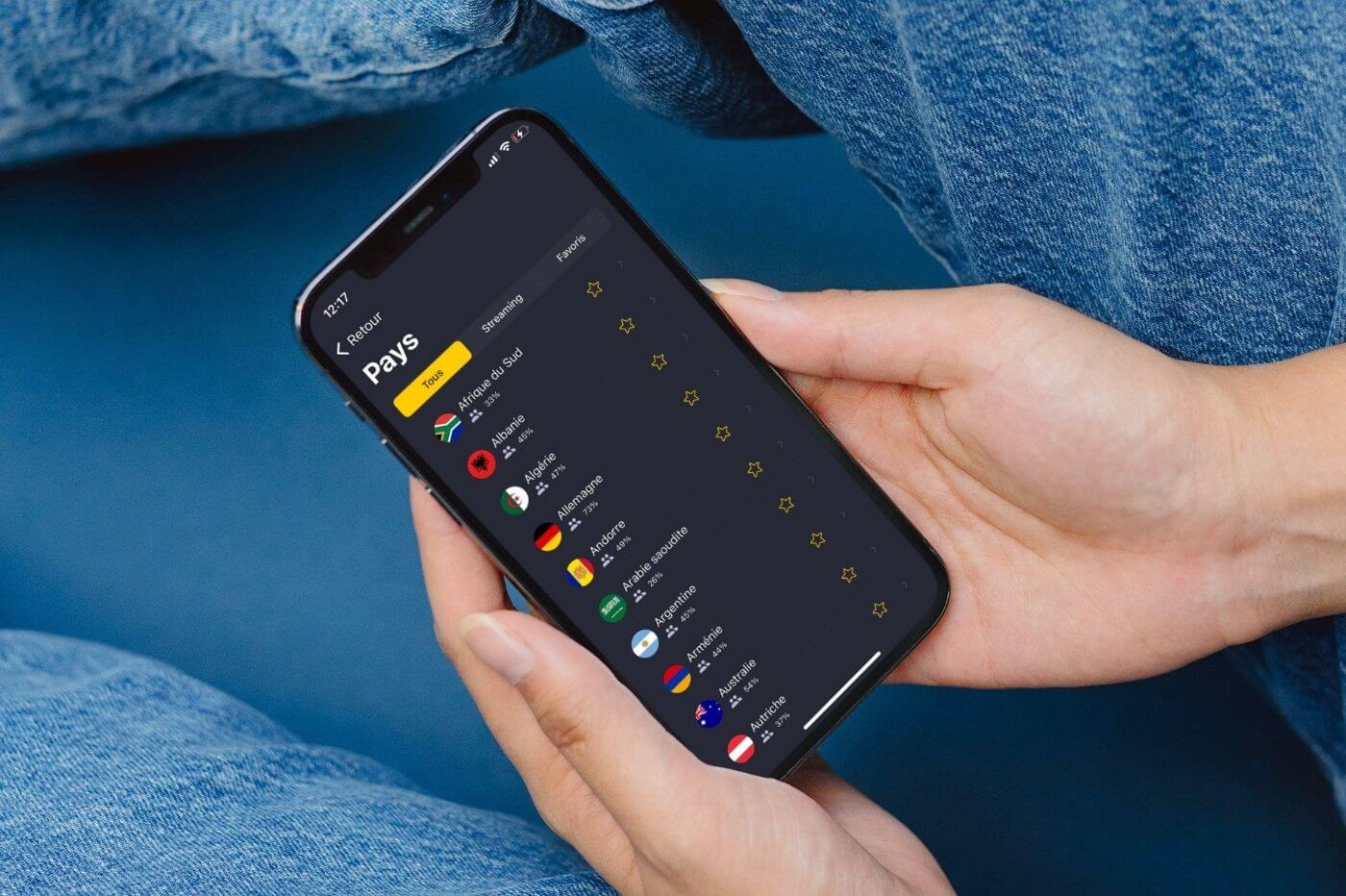
Microsoft is a voracious company, which, as we have seen this week, does not mind opening the checkbook to continue growing at the stroke of a checkbook. It was during the Ballmer stage (he invested more than 5,000 million dollars in the acquisition of Nokia) and it is especially so since Satya Nadella became CEO in 2014.
Since Nadella directed the company founded by Bill Gates, the American multinational has acquired no less than 105 companies, especially in areas such as software development and cloud computing, software for mobile devices and various video game studios.
Nadella’s adventure in this last field began as soon as he took up his new position in the company, when he authorized the investment of 2,000 million euros for the acquisition of Mojang, the company responsible for the development of the popular Minecraft. This purchase would be followed by the 2018 acquisitions of Ninja Theory, Undead Labs, Compulsion Games and Playground Games studios, as well as inXile Entertainment and Obsidian Entertainment later that year. Two years later he would disburse more than 8,000 million dollars to win the titles Zenix Max Media (Bethesda) to conclude his rally in the video game sector by spending no less than 70,000 million dollars on purchases of Activision Blizzard and King.
But we said that the video game sector is far from the only one of interest in Redmond and under the tutelage of Satya Nadella, the important names that have come under the umbrella of Microsoft have managed to attract attention in a wide variety of sectors. These would be his most notable acquisitions to date.
A new foundation for productivity
Windows Phone 7 first, Windows Phone 8 later, and even Windows 10 mobile, showed that Microsoft could do very little to convince users to abandon iOS and Android and decide to give a new OS a chance with great ideas but that didn’t count. with the support of application developers.
Nadella was quick to see this and decided that a smarter strategy was to bring some of the company’s most popular apps to rivals’ platforms. To achieve this, it began by acquiring some of the most popular productivity startups, then packaging them as its own. So, based on the email app acompli and the calendar Sunrise, developed a new Outlook that soon took the top positions in the app stores. And with the acquisition in 2015 of Wunderlist, redesigned a floundering Microsoft To-Do into the great task management app it is today.
A year later the company would invest 250 million dollars in the acquisition of the virtual keyboard swiftkey and with the purchase that same year of the application development platform Xamarin it cemented its position to build that future Microsoft Phone… hand in hand with Samsung.
LinkedIn: a community of more than 500 million professionals
Until 2016, Microsoft had not shown any interest in the world of social networks. As in so many other fields, the company seemed to have lost its momentum, in favor of competitors like Facebook or Twitter.
And yet, in a movement that drew attention because almost everyone took it for granted that Salesforce would end up being the one that would complete the operation, the multinational announced in June of that year that it would pay 26.2 billion dollars to take over LinkedIn, the network most important social network for professionals on the planet.
Over time, LinkedIn has been integrated into other Microsoft services, complementing the AI offer that Office 365 subscribers have access to, for example. It has also become a hub for online training and development of career.
GitHub: the platform developers want to be on
If with LinkedIn Microsoft managed to enter strongly into the field of social networks, taking over GitHub two years later demonstrated to what extent the company wanted developers on its side.
In this way, in mid-2018, the company confirmed that it had invested 7,500 million dollars in the acquisition of one of the main version control services, much appreciated by both developers and companies, in which its use has grown exponentially in recent years.
As Microsoft promised, GitHub has continued to maintain its status as an independent company and continues to be one of the reference spaces for the Open-Source community. In turn, many of the tools that Microsoft places in the hands of programmers have grown around the possibilities that GitHub offers, such as the case of Microsoft Visual Studio.
Nuance: AI and Natural Language Processing
The interpretation of natural language, or in other words, the way in which AI algorithms understand us and “converse” with us, is already part of the present of Artificial Intelligence and in the future, it will play an increasingly important role. most notably.
This is how it is justified investment of 19,700 million dollars that Microsoft did in early 2021 to acquire all the assets of Nuance, a company known, among other things, for having decisively contributed to the development of Siri, Apple’s intelligent assistant.
Microsoft and Nuance, whose portfolio of products and services includes Dragon voice recognition communication software, among others, have been collaborating since 2019 on technologies for companies and professional sectors with which, among other things, doctors can capture conversations of voice consultations with patients and enter the data extracted from them into electronic medical records.
Activision Blizzard: the king of the game
We have discussed it before. The acquisition of Activision Blizzard, the largest in Microsoft’s history, places it in a position of absolute privilege in the video game sector. If until recently only Sony and Nintendo could compete with Microsoft in this field, the acquisition of the “mother of all franchises” threatens to displace Japanese companies to play a secondary role.
Combined with online services such as Xbox Pass and its increasingly interesting xCloud project that allows users to enjoy any title without having to purchase a console in advance, the organization achieves a before and after in a sector that will never return to be the same.



